Visionaries: We're all in this together
Roberto Gallardo, Director of the Purdue Center for Regional Development (PCRD), has worked from a home, long before it was the norm.
The center he directs is located in an actual historic house. The Schowe House was built in 1929 by J.C. Allen who worked for the university as a photographer until 1952. The home was owned by a few different families until 2009, when the house was sold to the university and became the home of the PCRD. The home’s beautiful design provides a unique workplace for Gallardo and his staff.
Below the video are a collection of photos from this historical location.
Photos of the Schowe House
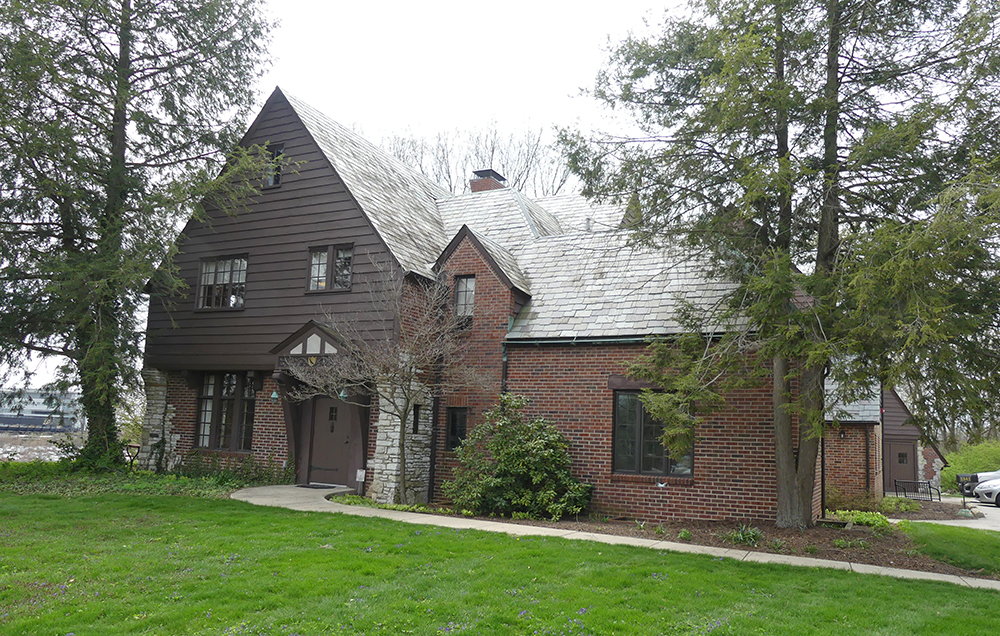 The cottage-esque design of the Schowe House is vastly different than most Purdue office space. “You are not in the buzz of campus but still feel that campus ‘warmth,’” Gallardo said. “The narrow hallways and bedroom offices make it ideal for spontaneous conversations with colleagues while moving around the house.”
The cottage-esque design of the Schowe House is vastly different than most Purdue office space. “You are not in the buzz of campus but still feel that campus ‘warmth,’” Gallardo said. “The narrow hallways and bedroom offices make it ideal for spontaneous conversations with colleagues while moving around the house.” 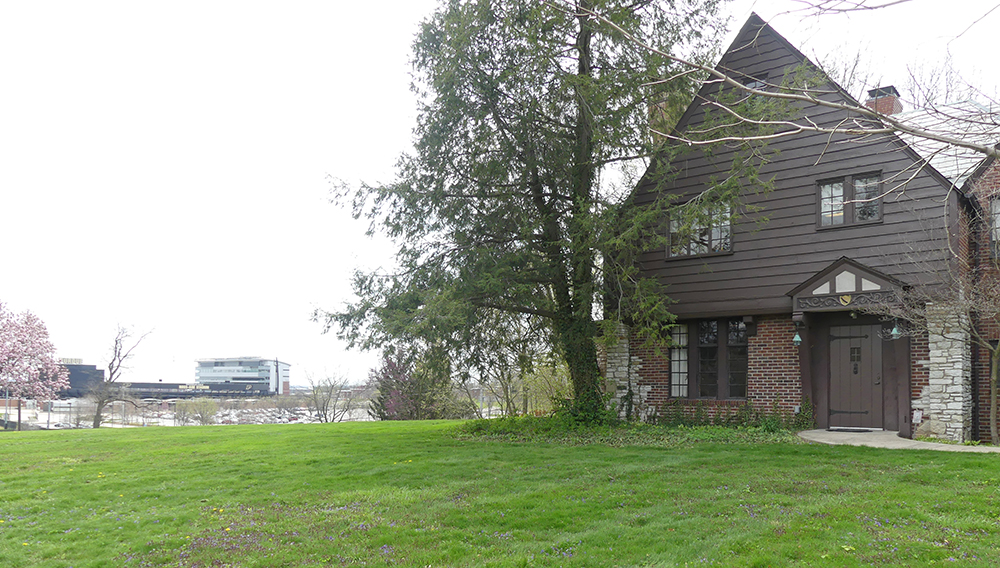 Located on Northwestern Avenue, the Schowe House has a clear view of Ross-Ade Stadium to the south.
Located on Northwestern Avenue, the Schowe House has a clear view of Ross-Ade Stadium to the south. 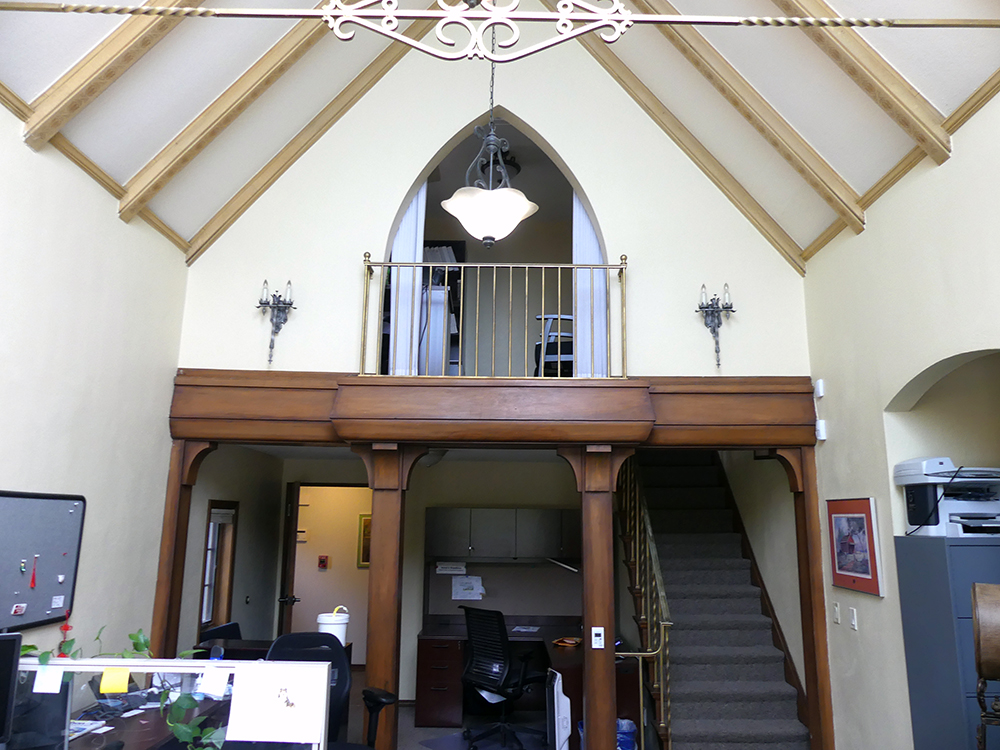 The tall ceilings and large windows in the offices provide an open and airy office space for center employees.
The tall ceilings and large windows in the offices provide an open and airy office space for center employees. 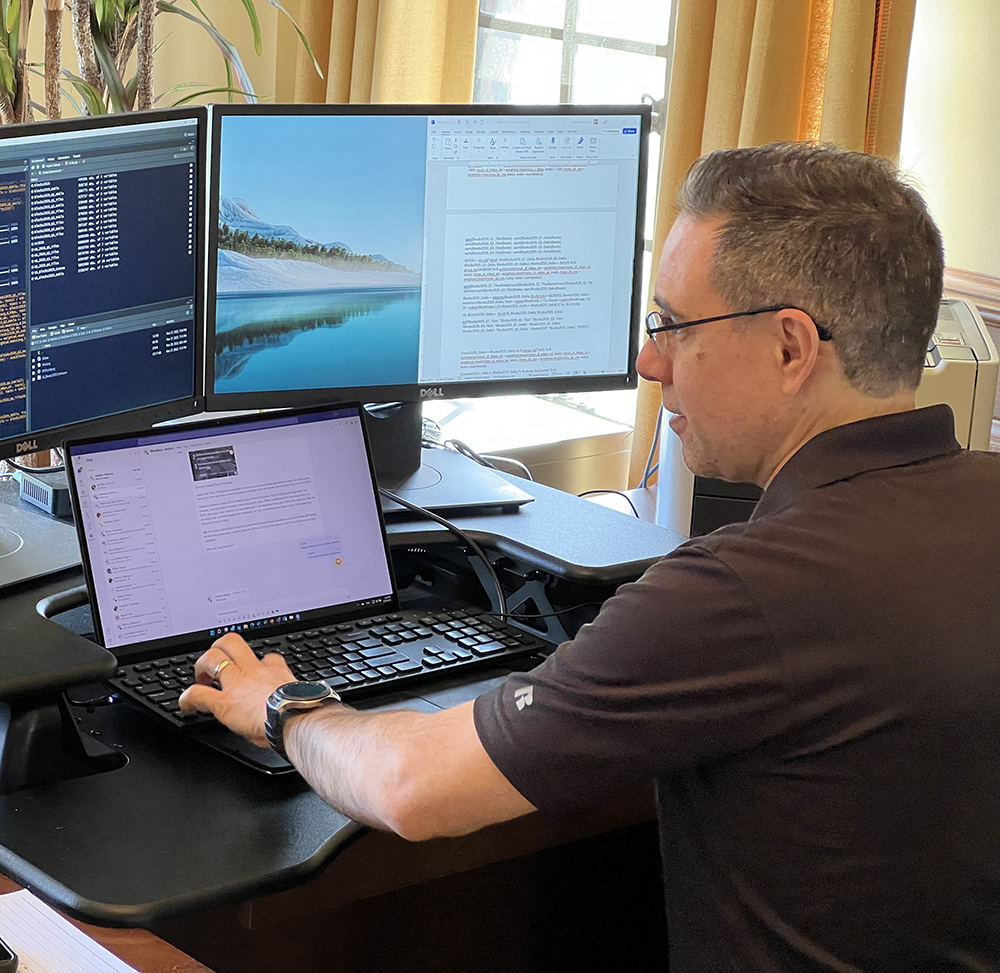 The Schowe House has a lot of natural lighting, as you can see in Gallardo’s office. When J.C. Allen was building the house, natural lighting was important to his work as an artist.
The Schowe House has a lot of natural lighting, as you can see in Gallardo’s office. When J.C. Allen was building the house, natural lighting was important to his work as an artist. The Purdue Center for Regional Development helps communities
Meet the Filmmaker/Blogger
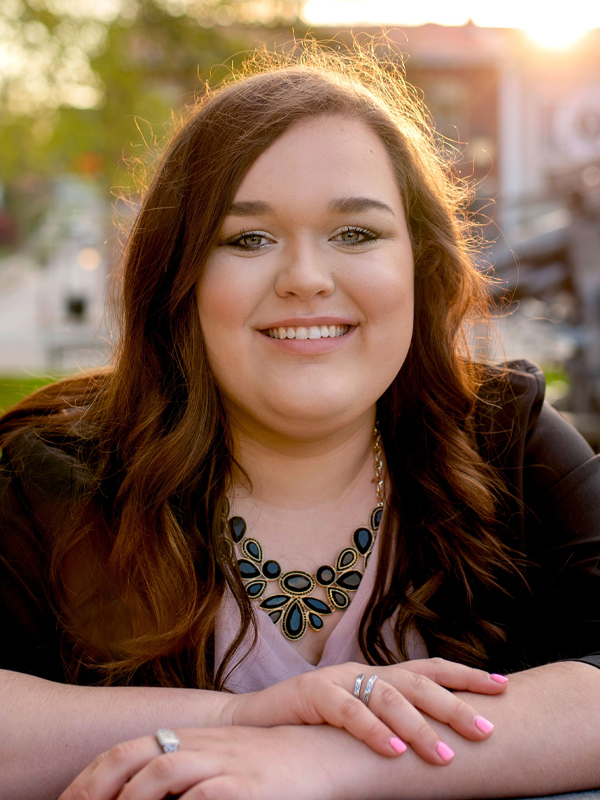 Hannah Walker, student filmmaker and blogger
Hannah Walker, student filmmaker and blogger About Visionaries
This blog and video are part of the Visionaries series, which highlights the work and lives of researchers in the Purdue University College of Agriculture. The content for this series is created by the students of ASEC 280 (Digital Storytelling).
Videos are also available on the Purdue Agricultural Sciences Education and Communication YouTube channel





